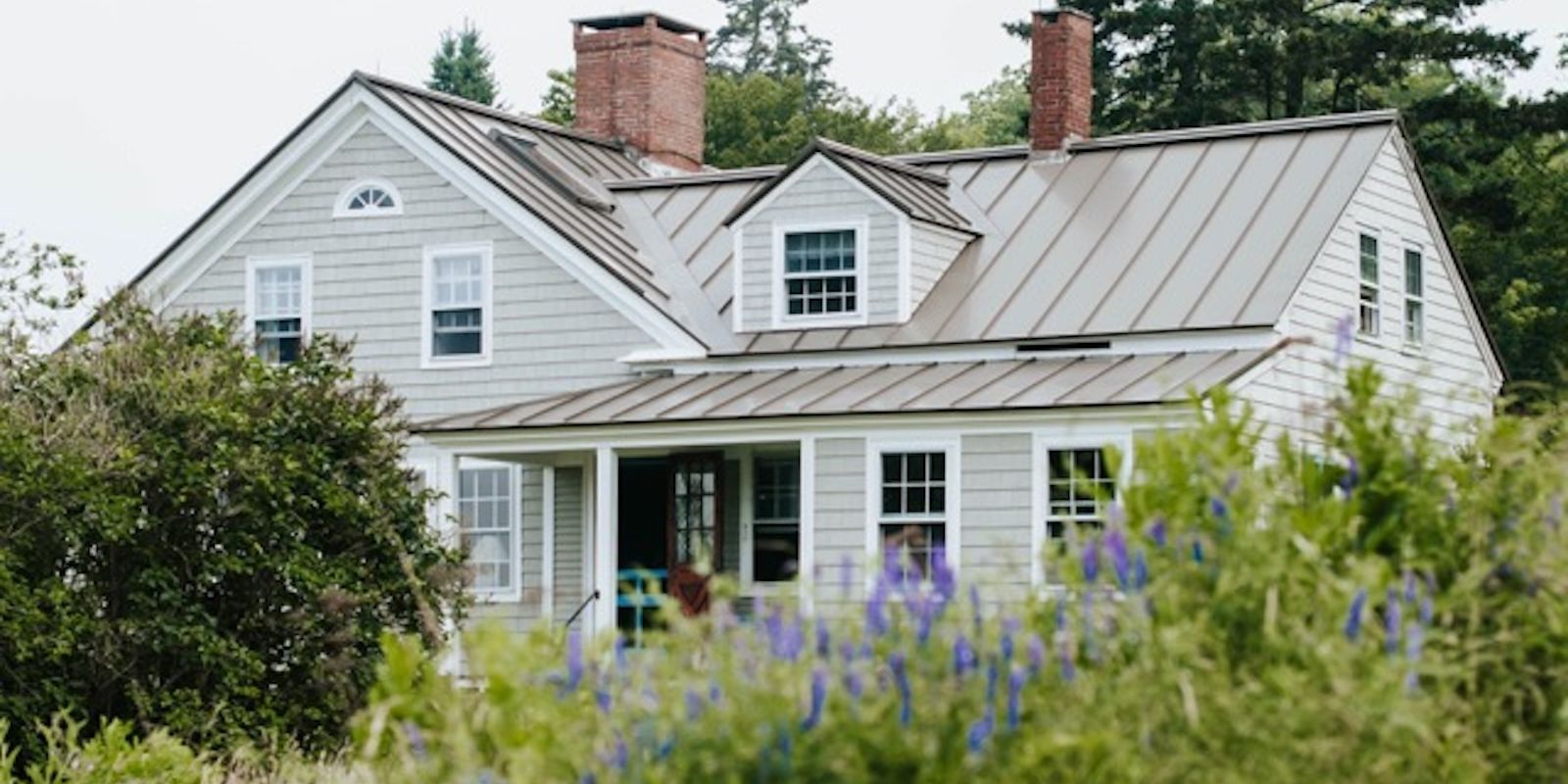The Canadian housing market has experienced a significant surge in the last couple of years, driven by low interest rates, immigration, and increased investment from foreign buyers. After being announced in the 2022 Federal budget, the First Home Savings Account (FHSA) launched earlier this year on April 1.
The FHSA aims to assist aspiring homeowners in saving the necessary funds for a down payment on a home, a prospect that gets harder and harder with each subsequent increase in average housing prices. The FHSA incentivizes Canadians who are in the market for their first home to save their hard-earned dollars and build a financial foundation towards homeownership, and in turn, contribute to the growth of the Canadian economy.
How to Open an FHSA
In order to qualify to open an FHSA, the following criteria must be met:
- The account owner must be at least 18 years of age;
- They must be a Canadian resident; and
- They must be a first-time homebuyer.
For opening an FHSA, Canada Revenue Agency (CRA) deems that “you will be considered to be a first-time home buyer if, at any time in the calendar year before the account is opened or at any time in the preceding four calendar years, you did not live in a qualifying home (or what would be a qualifying home if located in Canada) as your principal place of residence that either you owned or jointly owned or your spouse or common-law partner owned or jointly owned.”
The lifetime contribution limit for an FHSA is $40,000. The participation room in the year that you open your FHSA is $8,000. Unused FHSA participation room can be carried forward at the end of the year, to a maximum of $8,000. These contributions are deductible on income tax in the same manner as RRSPs. Unlike with RRSPs though, any contributions made within the first 60 days of the subsequent year cannot be deducted on your income tax return for the previous year.
It’s important to note that not all financial institutions offer FHSA accounts, and interest rates and fees may vary depending on the provider. Before opening an account, take the time to research different options and compare the terms and conditions to ensure an optimal fit for your financial goals.
Withdrawing from an FHSA
In addition to being tax deductible at the time of contribution, another key benefit of the FHSA is that you can withdraw funds tax-free when it's time to purchase your first home. But how do you make withdrawals from this account? The process is relatively simple. You must have met the eligibility criteria, including being a Canadian resident, and be a qualified "First-Time Home Buyer" as defined by *The CRA. Once you meet these requirements, you can withdraw the funds by filling out a request form and sending it to the bank or financial institution where you hold the account. Keep in mind that there are limits on the withdrawal amount, but the good news is that the unused portion can be carried forward to the next year.
*For the purposes of withdrawals The CRA Defines a "First-Time Home Buyer" as someone who "did not, at any time in the current calendar year before the withdrawal (except the 30 days immediately before the withdrawal) or at any time in the preceding four calendar years, live in a qualifying home (or what would be a qualifying home if located in Canada) as your principal place of residence that you owned or jointly owned."
FHSA FAQs
The CRA gives guidance on some of the frequently asked questions pertaining to FHSAs.
Q: What happens if you become a non-resident of Canada after opening an FHSA?
A: You can continue to participate normally in your FHSA, however you will be unable to make a qualifying withdrawal as long as you are a non-resident. Any taxable withdrawal from the account will be subject to a 25% withholding tax.
Q: Can a vacation home be purchased using an FHSA?
A: In a word, no. Qualifying homes include detached homes, homes under construction, apartments and condominiums, townhouses, and mobile homes. The following DO NOT qualify: empty land that is not in development to become a qualifying home, properties outside of Canada, vacation properties that are not a primary residence, non-residential properties, and homes where one only owns tenancy rights.
Q: What if there is money left in the FHSA after I purchase my home?
A: Funds can be withdrawn tax-free for up to 30 days before you move into your home to be used towards expenses. If that 30 day grace period is missed, you’ll have until December 31 of the following year to either transfer those funds to an RRSP or RRIF without penalty or you may withdraw the funds as taxable income and pay the appropriate withholding tax.
Involve Your Accountant
Overall, the FHSA is a useful savings tool for first-time homebuyers in Canada, allowing them to save for a down payment while also taking advantage of tax-free investment growth. It is still important to consult with your most trusted advisor, your accountant, before taking action. They will ensure you are optimizing the opportunity to its fullest and can provide guidance throughout all the stages of your home ownership journey.
----
The Integrated Advisory Network consists of progressive CPA firms, along with best-in-class professional advisors, service, and product specialists, who work together to deliver an elevated and holistic client experience. One that optimizes both their personal and professional lives with an integrated financial strategy designed to help clients reach their goals.


